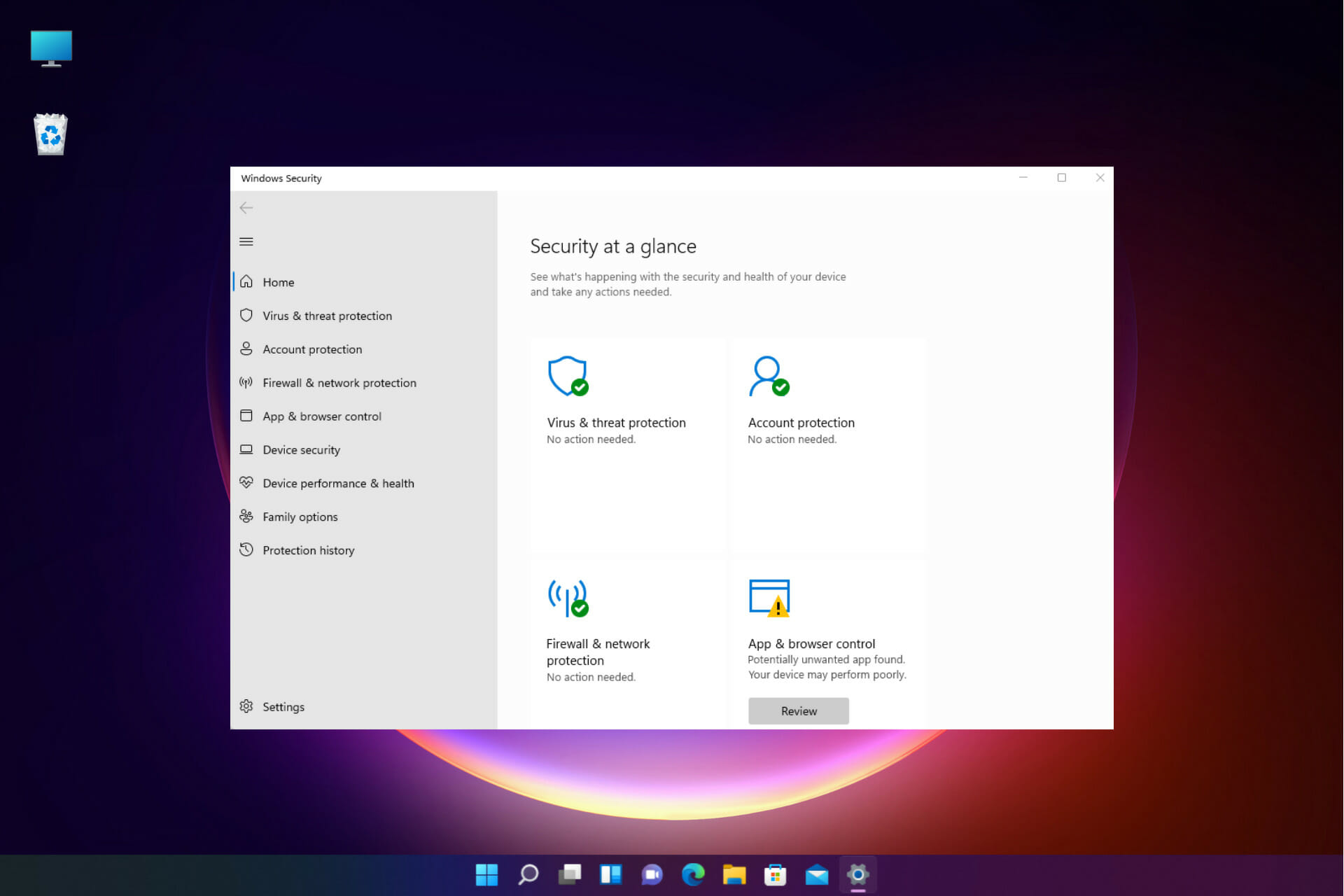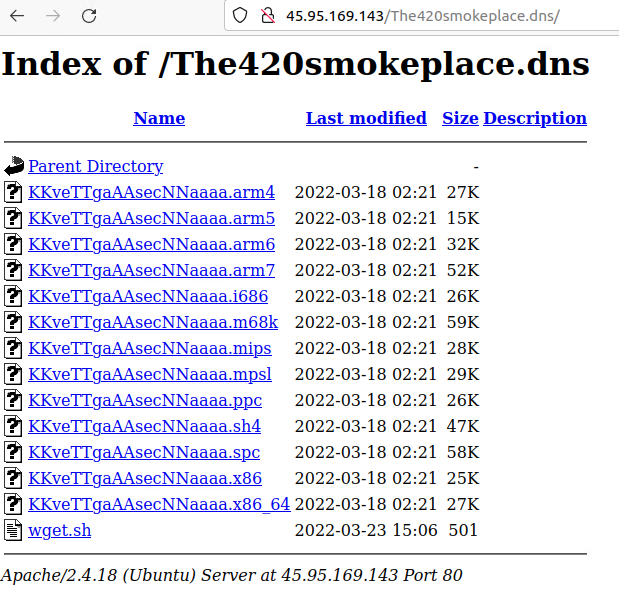Tag Archive for: install
Hackers using Zoom to install malware on your computer and phone
/in Computer Security
A security flaw in Zoom security allowed hackers to install malware on your computer, Android and iOS devices.
3 Ways to Download & Install Windows Security on Windows 11
/in Computer Security
A diploma holder in computers and with a keen interest in technology, Madhuparna is passionate about writing How-to guides and helping people solve the most intricate Windows issues…. read more
Published on
- Windows Security sometimes triggers unexpected errors, blocks some apps or it may break down due to a bug.
- Restarting your PC could help fix the issue sometimes, but if it doesn’t, you would need to use more troubleshooting techniques.
- Although the app is enabled by default in Windows 11, you may need to reinstall Windows Security to fix the problem.

XINSTALL BY CLICKING THE DOWNLOAD FILE
This software will repair common computer errors, protect you from file loss, malware, hardware failure and optimize your PC for maximum performance. Fix PC issues and remove viruses now in 3 easy steps:
- Download Restoro PC Repair Tool that comes with Patented Technologies (patent available here).
- Click Start Scan to find Windows issues that could be causing PC problems.
- Click Repair All to fix issues affecting your computer’s security and performance
- Restoro has been downloaded by 0 readers this month.
With Windows 11, you do not need to download & install Windows Security separately, since it comes built-in with the OS.
Windows Security is the suite that comes built-in with Windows. So, when you install Windows 11, it gets automatically installed. It proves to be one of the most effective security solutions by Microsoft.
It includes an antivirus program called Microsoft Defender Antivirus which was known as Windows Defender Security Center in the older versions of Windows 10.
The app does a considerably good job in most situations with real-time protection for your PC from virus and malware attacks.
However, the app is prone to issues, for example, it may fail to open or may not work sometimes when you try to launch the app.
You may want to check first if the Windows Defender app is turned off…
Trend says hackers have weaponized SpringShell to install Mirai malware
/in Computer Security

Getty Images
Researchers on Friday said that hackers are exploiting the recently discovered SpringShell vulnerability to successfully infect vulnerable Internet of Things devices with Mirai, an open source piece of malware that wrangles routers and other network-connected devices into sprawling botnets.
When SpringShell (also known as Spring4Shell) came to light last Sunday, some reports compared it to Log4Shell, the critical zero-day vulnerability in the popular logging utility Log4J that affected a sizable portion of apps on the Internet. That comparison proved to be exaggerated because the configurations required for SpringShell to work were by no means common. To date, there are no real-world apps known to be vulnerable.
Researchers at Trend Micro now say that hackers have developed a weaponized exploit that successfully installs Mirai. A blog post they published didn’t identify the type of device or the CPU used in the infected devices. The post did, however, say a malware file server they found stored multiple variants of the malware for different CPU architectures.

Trend Micro
“We observed active exploitation of Spring4Shell wherein malicious actors were able to weaponize and execute the Mirai botnet malware on vulnerable servers, specifically in the Singapore region,” Trend Micro researchers Deep Patel, Nitesh Surana, and Ashish Verma wrote. The exploits allow threat actors to download Mirai to the “/tmp” folder of the device and execute it following a permission change using “chmod.”
The attacks began appearing in researchers’ honeypots early this month. Most of the vulnerable setups were configured to these dependencies:
- Spring Framework versions before 5.2.20, 5.3.18, and Java Development Kit (JDK) version 9 or higher
- Apache Tomcat
- Spring-webmvc or spring-webflux dependency
- Using Spring parameter binding that is configured to use a non-basic parameter type, such as Plain Old Java Objects (POJOs)
- Deployable, packaged as a web application archive (WAR)
Trend said the success the hackers had in weaponizing the exploit was largely due to…



